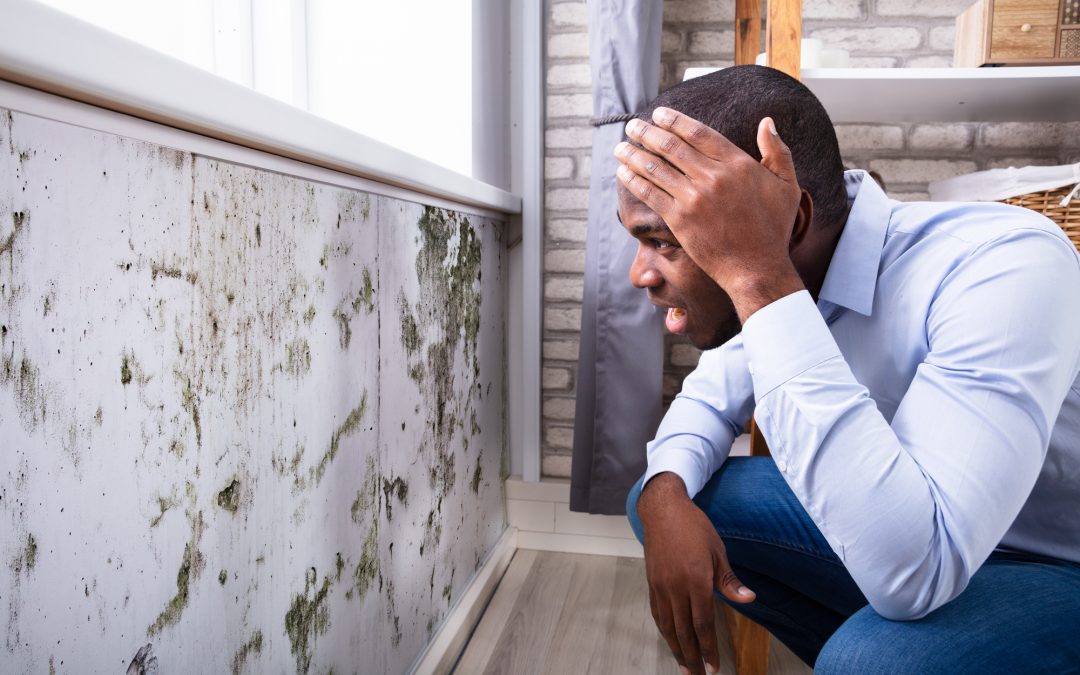Effective Article Mold Removal Solutions for Your Home
Mold growth in homes can be a persistent issue, typically requiring an organized method for effective post-remediation services. From understanding the variables that add to mold growth to carrying out appropriate cleaning methods and moisture control measures, the procedure can be complex yet important for preserving a healthy and balanced living atmosphere. In addition, exploring natural removal options and establishing a routine for ongoing upkeep are essential elements of a comprehensive mold and mildew remediation technique. As homeowners aim to address mold problems, finding the most effective options comes to be paramount for the well-being of their homes.
Understanding Mold Growth Aspects
The main aspect contributing to mold growth is wetness. Mold and mildew spores call for dampness to sprout and flourish, making moist or moist settings very susceptible to mold and mildew invasions.

Moreover, air movement and light direct exposure can affect mold growth. Locations that lack proper ventilation and all-natural light are extra prone to mold growth. By dealing with these elements adequately, individuals can effectively mitigate mold and mildew growth and guard their living atmospheres.
Correct Mold And Mildew Cleaning Methods
Using effective cleaning methods is necessary in stopping the reappearance and addressing of mold contamination in indoor atmospheres. The very first action in correct mold cleansing is to have the affected area to prevent the spread of spores to unpolluted areas.

Carrying Out Dampness Control Measures
To effectively prevent mold and mildew development and contamination in interior atmospheres, executing wetness control actions is vital. Dampness is the primary factor that gas mold and mildew advancement, making it vital to take care of moisture levels within the home. One efficient action is to make use of dehumidifiers to preserve interior humidity degrees below 60%. Additionally, making certain appropriate air flow in areas prone to moisture build-up, such as kitchens and washrooms, can aid lower the risk of mold and mildew growth. Regularly checking and fixing any leaks in pipes, roofs, or windows is additionally vital in preventing excess moisture accumulation. Making use of exhaust fans while cooking or showering, and enabling air blood circulation by keeping furniture somewhat far from wall surfaces can help in moisture control. Making use of moisture-resistant products in high-humidity locations, such as mold-resistant drywall and paints, can be helpful. By vigilantly carrying out these dampness control actions, house owners can properly decrease the chance of mold and mildew recontamination and keep a healthy and balanced interior setting.
Making Use Of Natural Removal Solutions
After successfully applying wetness control steps to protect against mold development in interior settings, house owners can currently explore the efficiency of all-natural remediation remedies in preserving a healthy and balanced living area. All-natural remediation remedies utilize ecologically pleasant approaches to fight mold and mildew and mildew, making them a prominent selection for those looking for safe alternatives. By integrating these natural removal remedies right into their cleansing routines, homeowners can successfully deal with mold and mildew growth while promoting a healthier indoor atmosphere for themselves and their families.

Keeping a Mold-Free Setting
Frequently checking locations prone to mold and mildew growth, such as shower rooms, attic rooms, kitchens, and official website basements, is critical. Proper ventilation in locations with high moisture levels is also essential to stopping mold development.
In addition, preserving tidiness in the home is essential for mold avoidance. Keeping interior plants in check and making site here certain appropriate water drainage in outdoor landscaping can lessen moisture accumulation, reducing the likelihood of mold and mildew problems.
Conclusion
Finally, it is necessary to attend to mold development factors, utilize appropriate cleaning methods, implement wetness control actions, make use of natural removal remedies, and maintain a mold-free environment in order to properly handle article mold and mildew remediation in your house - testing air quality after mold remediation. By following these methods, you can avoid mold and mildew from reoccuring and guarantee a healthy living atmosphere for you and your family
The main variable adding to mold growth is wetness. Mold spores require moisture to thrive and germinate, making damp or moist environments very susceptible to mold invasions.To successfully avoid mold growth and contamination in interior settings, applying dampness control actions is extremely important. In addition, making certain correct ventilation in areas vulnerable to moisture buildup, such as kitchen areas and washrooms, can aid lower the danger of mold development.After efficiently carrying out moisture control actions to protect against mold growth in indoor settings, homeowners can now discover the efficiency of natural removal services in keeping a healthy living space.